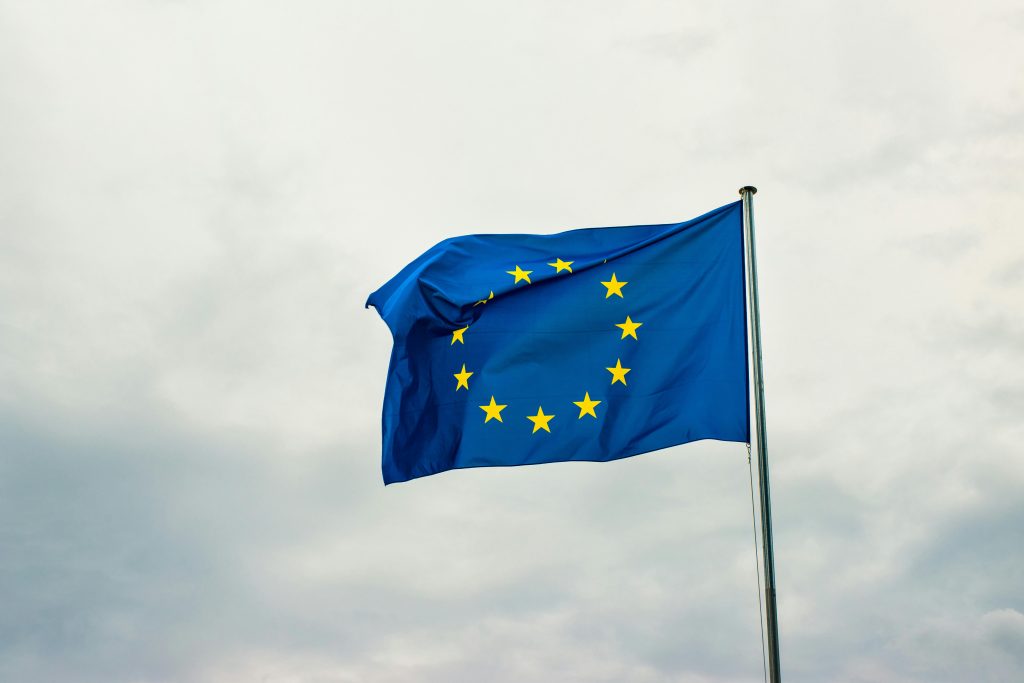 The EU Data Act sets binding rules for accessing and sharing data from connected products. It’s a turning point: from closed systems to data spaces as the trusted infrastructure for fair and secure exchange. Businesses face new obligations, but also new opportunities to build services on top of shared data. Those who adapt early will gain a clear competitive edge.
The EU Data Act sets binding rules for accessing and sharing data from connected products. It’s a turning point: from closed systems to data spaces as the trusted infrastructure for fair and secure exchange. Businesses face new obligations, but also new opportunities to build services on top of shared data. Those who adapt early will gain a clear competitive edge.
how the Data Act will shape Europe’s data economy, explained by our legal expert, Söntje Julia Hilberg.
EU gives green light on data space standards
The European Commission has published its long-awaited standardization request for data spaces – mandate 614. With clear roles, timelines, and deliverables, Europe moves from exploration to coordinated standard-setting under the Data Act.
Data sharing takes place in data spaces
Data spaces provide a framework for trusted data sharing across industries and borders. Participants do not need to hand over control or centralize everything on one platform. Instead, they remain sovereign over their data and can grant access to others under agreed rules.
In practice, this means ecosystems can flourish. A mobility data space, for example, could connect car makers, service providers and public authorities to improve traffic, reduce emissions and create better services – all without any party giving up control of its own data.
Importantly, the Data Act itself acknowledges this: Article 33 explicitly refers to “common European data spaces” and makes interoperability within them a legal requirement.
ISO/IEC 20151 is now available for purchase
ISO/IEC 20151, the first international standard defining data space concepts and characteristics, can now be purchased from the official ISO website. The standard has reached the Draft International Standard (DIS) stage, meaning its content is mature, stable, and ready to be cited and used.
It offers a clear definition of what a data space is, helps organizations distinguish data spaces from other data-sharing models, and sets a foundation for interoperability across implementations.
More about EU Data Act Here: internationaldataspaces.org and source 2

